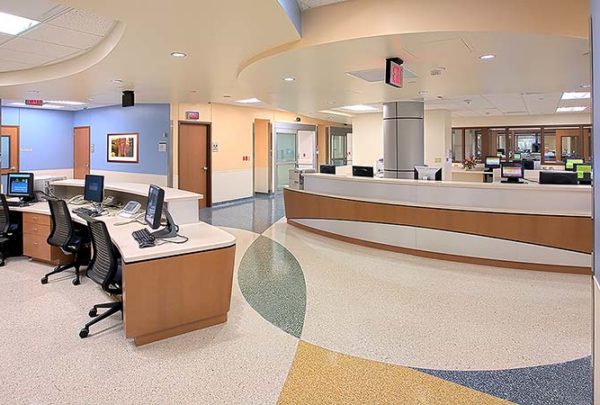We live in a world of competing priorities. Your spouse wants you home for dinner, your boss wants you in the office putting the final touches on your big project before the deadline, and all you want is to put your feet up and relax. We know the feeling and appreciate the challenges that come with trying to do it all. For our healthcare providers, one of their biggest challenges is prioritizing competing capital projects. Developing a system capital planning process that creates a framework for capital investment decision support and prioritization is a must-do now more than ever. This process will allow you to align your system’s planned facility investments within a rolling three- to five-year capital plan across all campuses and/or assets within your portfolio.
A key ingredient is the development of strategic facilities master plans (SFMPs) to identify each campus’ needs with a three-, five-, and 10-year horizon. A successful SFMP provides guidance on:
- Which services need to grow, together with optimum locations for these services — on- or off-campus
- Where capacity is available for consolidation and renovation is the best approach
- Identification and budgeting of deferred maintenance and future infrastructure needs
- How to arrange space to support future volumes and new care delivery models, including placement of related services
- Assessment of operational organization and performance for future optimization
- Projected capital costs associated with strategic, operational and facility planning recommendations
Once each campus’ needs have been identified and the associated projects have been recommended, the project prioritization project begins. Capacity, operations, facility age, market strategy, financials, and technology are all important considerations for determining where a project falls in the priority list based on the overall goals and strategic direction of the organization.
While the SFMPs identify new projects on the docket, a host of existing projects and other strategic initiatives need to be overlaid into the capital plan to paint a holistic picture of all capital expenditures. Incorporating these projects and their associated execution timing and projected cash flow helps you understand the projected annual capital outlay.
Once all existing and future projects have been identified, Haskell and leadership then develop a list of criteria that evaluate and weigh each individual project based on its own merits and how it stacks up or fulfills the system’s global mission. Sample criteria include:
- Lacks available capacity (not enough key planning units (KPU) – beds, ORs, modalities)
- Does not meet code/regulatory requirements (i.e., FGI, safety, licensure, HIPAA requirements)
- Supports a key campus-based strategic initiative (i.e., competitive play, provider recruitment, anticipated economic development, downstream services and revenue)
- Has a positive ROI
- Provides an opportunity to support patients via other care delivery methods (such as telehealth)
After each criterion and project has been weighted, you can start to see which projects rise to the top of the priority list. This process removes the subjectivity from project prioritization and allows leadership to hone in on projects that are key to their strategic initiatives. Our process also contrasts the timing of project execution against the organization’s projected cash flow, which is key to developing a solid, implementable three- to five-year rolling capital plan.
Your prioritization process should also be iterative. The healthcare industry is never stagnant, nor is it realistic to believe that a capital plan should remain frozen in time and only updated yearly. Our process allows for the seamless integration of new or modified project developments and instantaneously ranks and prioritizes them against existing and anticipated projects. This mechanism allows you to update your capital plan on a consistent basis and make timely and informed decisions on project funding and execution.
Transparency and developing leadership consensus (essentially all driving towards the same goal) has consistently been a hallmark pillar of most healthcare institutions. Your capex prioritization process is no exception. We find that when everyone agrees to the weighted criteria for project evaluation and understands the overall goals and objectives of the organization, that the resulting project prioritization is a no brainer.







































































































